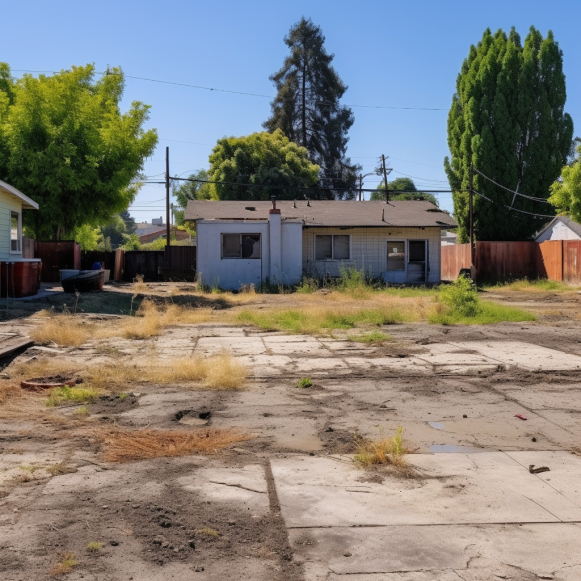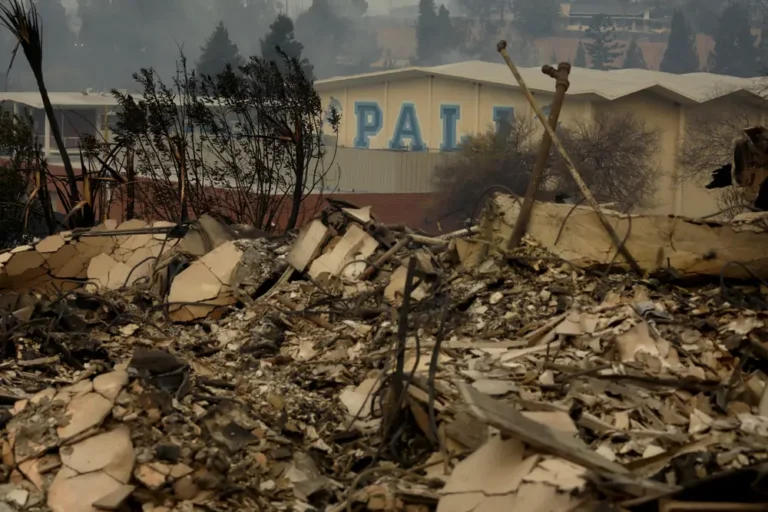Apartment construction in Silicon Valley grinds to a halt amid cost crunch

After adding thousands of apartments in recent years, development is slowing across the Bay Area
If the Bay Area is to solve its housing crisis, it will need to construct many more apartment buildings. Construction, however, has come to a halt after adding thousands of units in recent years.
According to CoStar, an international real estate analytics firm, no apartment projects broke ground in Silicon Valley during the first half of 2023. In the last six months of 2022, developers began construction on 5,298 multifamily units in the region.
There is also a slowdown in the East Bay, where construction on 672 apartments, condos, or townhomes has begun, down from 1,170 in the second half of 2022. Work on 229 multifamily units began in San Francisco and the Peninsula, a slight decrease from the end of last year but far below the 1,846 units started in the first six months of 2022.
There are numerous reasons for the downturn: Higher interest rates make development more expensive, project lenders and investors are pulling back in the face of lower expected returns, and material and labor costs that spiked during the pandemic have not returned to normal. Furthermore, demand for market-rate apartments is sputtering in many areas as people flee big cities and continue to work from home.
On top of that, long-standing roadblocks such as local regulations and bureaucracy, neighborhood opposition, and a lack of subsidies for desperately needed affordable housing remain.
“It’s almost a perfect storm,” said Kenneth Rosen, chair of UC Berkeley’s Fisher Center for Real Estate and Urban Economics, who predicts the downturn will last until 2025. “The concern is that if we don’t build the supply and demand rises, we could see a significant rent increase.”
The slowdown also threatens to derail the Bay Area’s ambitious new state-mandated goal of building more than 441,000 market-rate and affordable homes over the next eight years, representing a roughly 15% increase in the region’s housing stock.
Most cities and counties have failed to meet their individual targets for low- and middle-income housing in recent decades. Housing advocates argue that the region is suffering as a result of a chronic lack of reasonably priced apartments.
“This means that more people will be displaced — they will have to relocate further away from their jobs or families in order to find an affordable place to live.” Other people are completely evicted from their homes,” said Aaron Tiedemann, policy manager for the East Bay Housing Organizations advocacy group. “We continue to see rising rents and higher costs in general.” This disproportionately affects the poor and already disadvantaged, such as Black and brown people in the Bay Area.”
SummerHill Apartment Communities, which develops properties throughout the South Bay, has halted construction on two projects in Santa Clara and Milpitas, totaling around 600 units, due to economic challenges, according to Doug McDonald, president of SummerHill Apartment Communities.
McDonald believes the construction downturn is affecting the South Bay the most because fewer tech workers are returning to work. That’s why, while average area rents remain among the most expensive in the country at $3,250 per month, according to Zillow, they’ve been recovering more slowly than in most other parts of the country after plummeting during the pandemic exodus from larger cities. (Rents in the South Bay were down 6% from July 2022, compared to a 4% increase nationally.) As a result, banks and investors are choosing to park their money in areas with faster-recovering job centers.
A capital crunch is also a problem for the rest of the Bay Area, where rents have remained stagnant despite the region’s population dropping by around 3% since 2020. Another factor making it difficult to find construction loans is the recent failures of Silicon Valley Bank and First Republic Bank, which were once among the region’s top lenders to small and mid-size developers. Furthermore, a steady stream of headlines depicting worsening homelessness and rampant crime is giving investors pause.
“The Bay Area and San Francisco are dealing with a really tough PR moment,” McDonald said.
Even if developers are able to secure financing, they must pay exorbitant interest rates. Since the Federal Reserve raised borrowing costs to combat inflation, construction and development loan rates have nearly doubled from pre-pandemic levels and are now hovering around 7% to 9%, according to McDonald. According to him, this could add up to $75,000 to the cost of each unit.
Another impediment is that steep material and labor costs, which increased due to supply chain issues and worker shortages during the pandemic, continue to add 20% to 30% to construction costs. For example, lumber prices, which have been especially volatile in recent years, averaged around $530 per thousand board-feet this month, up from $371 in August 2019.
“Stick and bricks and people are really not getting any cheaper,” McDonald said.
Meanwhile, affordable housing developers are confronted with new challenges. The majority of low-income projects rely on various government subsidies, which have become increasingly oversubscribed in recent years.
To close the funding gap, advocates and officials are working to bring a $20 billion Bay Area affordable housing bond before local voters in 2024. Another statewide housing bond measure of $10 billion could be on the ballot next year.
Tiedemann called the two ties a “game changer.” However, he also wants to see local governments relax zoning restrictions for multifamily projects, as well as roll back parking-space mandates and other requirements that raise costs and make it difficult to build affordable housing.
“We’re getting better at removing constraints in the law,” he said, “but there’s always more we can do there.”






